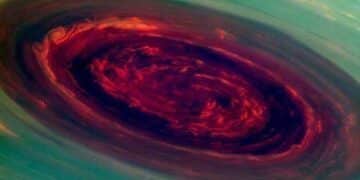
Facts About The Saturn Hurricane
The hurricane-like storm on Saturn is one of NASA's most compelling discoveries about a planet within our solar system to-date.
We spend so much time focused on our lives here on Earth that we often fail to notice the fantastic things far away! Our seemingly limitless universe is filled with genuinely astonishing things that you can learn about right here!
Did you know that our Milky Way galaxy is about 100,000 light-years wide? Continue reading to learn more about our solar system, the planets inside it, and the rest of the universe!

The hurricane-like storm on Saturn is one of NASA's most compelling discoveries about a planet within our solar system to-date.
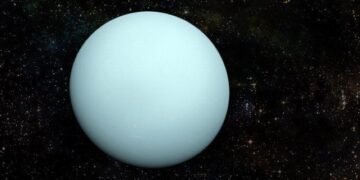
Did you know that the average surface temperature of Uranus is -371°F? This makes it the coldest planet in the solar system.
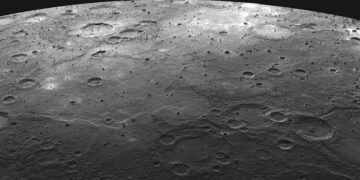
If you were to look up at the sky from Mercury, the Sun would appear to be twice the size than from here on Earth.
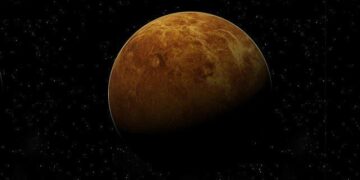
Venus and Mercury are the only planets within our Solar System that do not have any moons orbiting them.

Did you know that in spring 1897, many reports were made of a UFO heading north which apparently crashed in Aurora, Texas?
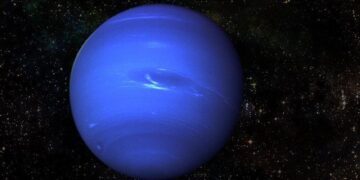
When Neptune was first discovered in 1846, it became the most distant planet in our Solar System.
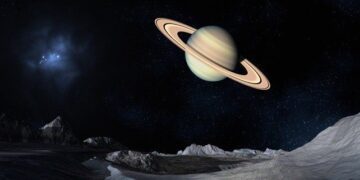
As Saturn has a very low density, if you were able to put it into water, it would float!
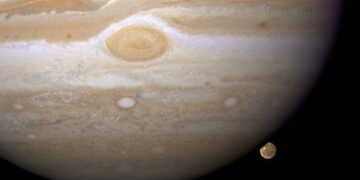
Jupiter's largest moon is called Ganymede, and has a greater diameter than the planet Mercury.
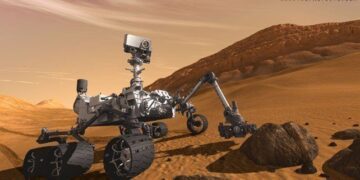
On November 13, 1971, the Mariner 9 reached Mars and officially became the first artificial satellite to orbit Mars.

Did you know that there are over 13,000 satellites circling the Earth?

Scientists had previously speculated that the moon was totally dry, except for the chance of ice at the bottom of craters.

In 1996 the Hubble Telescope pointed at a part of the sky that was seemingly dead and made one of the biggest finds of all time.